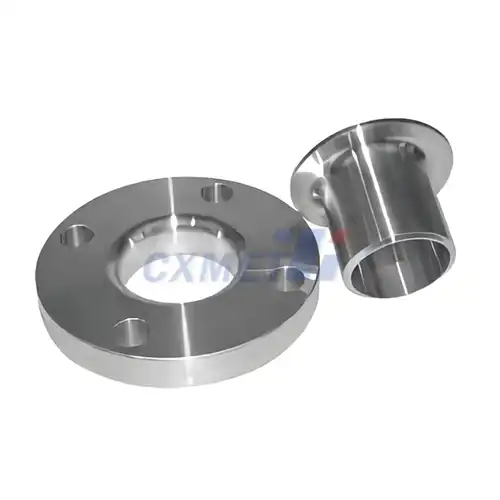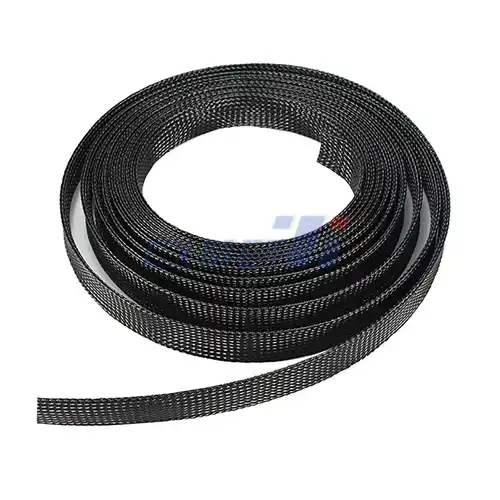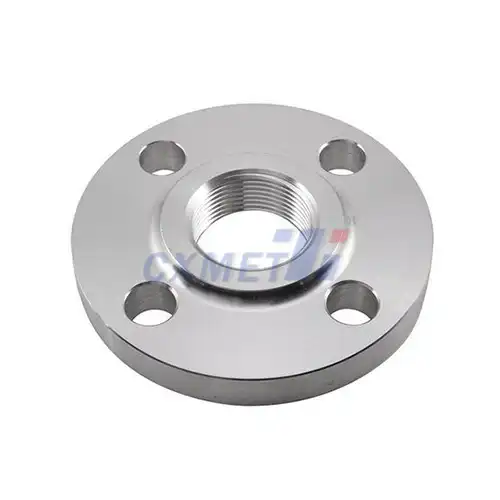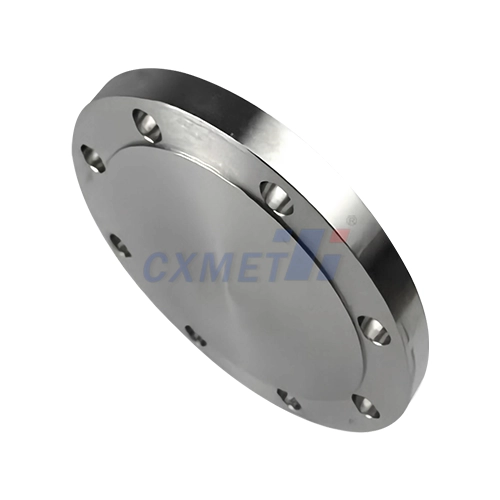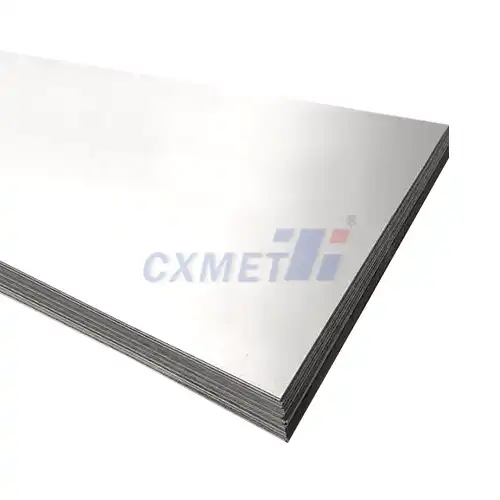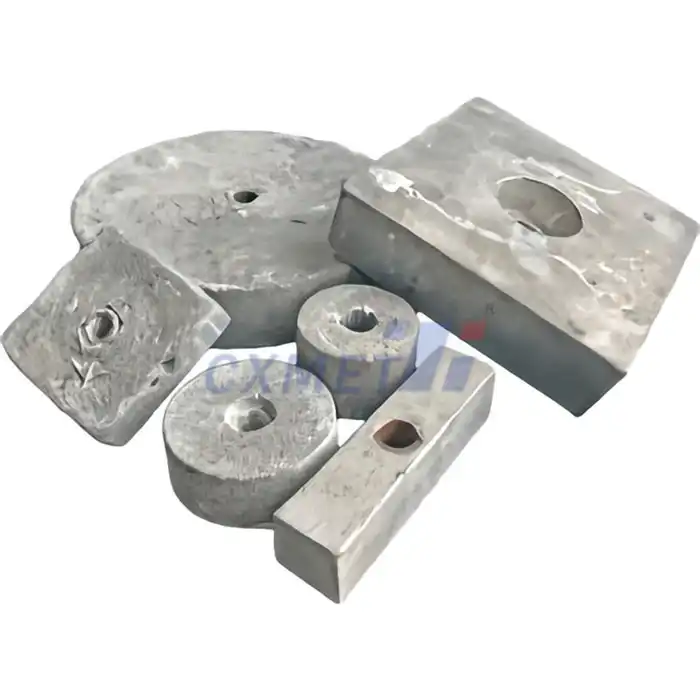- English
- French
- German
- Portuguese
- Spanish
- Russian
- Japanese
- Korean
- Arabic
- Greek
- German
- Turkish
- Italian
- Danish
- Romanian
- Indonesian
- Czech
- Afrikaans
- Swedish
- Polish
- Basque
- Catalan
- Esperanto
- Hindi
- Lao
- Albanian
- Amharic
- Armenian
- Azerbaijani
- Belarusian
- Bengali
- Bosnian
- Bulgarian
- Cebuano
- Chichewa
- Corsican
- Croatian
- Dutch
- Estonian
- Filipino
- Finnish
- Frisian
- Galician
- Georgian
- Gujarati
- Haitian
- Hausa
- Hawaiian
- Hebrew
- Hmong
- Hungarian
- Icelandic
- Igbo
- Javanese
- Kannada
- Kazakh
- Khmer
- Kurdish
- Kyrgyz
- Latin
- Latvian
- Lithuanian
- Luxembou..
- Macedonian
- Malagasy
- Malay
- Malayalam
- Maltese
- Maori
- Marathi
- Mongolian
- Burmese
- Nepali
- Norwegian
- Pashto
- Persian
- Punjabi
- Serbian
- Sesotho
- Sinhala
- Slovak
- Slovenian
- Somali
- Samoan
- Scots Gaelic
- Shona
- Sindhi
- Sundanese
- Swahili
- Tajik
- Tamil
- Telugu
- Thai
- Ukrainian
- Urdu
- Uzbek
- Vietnamese
- Welsh
- Xhosa
- Yiddish
- Yoruba
- Zulu
What Welding Methods are Typically Used for Titanium Welding Rods?
2024-08-16 11:12:13
Titanium welding rods are specialized welding consumables used for joining titanium and its alloys. These rods play a crucial role in various industries, including aerospace, medical, and chemical processing, where the unique properties of titanium are highly valued. The choice of welding method for titanium rods is critical to ensure strong, high-quality welds that maintain the material's desirable characteristics. This blog post will explore the typical welding methods used for titanium welding rods, their advantages, proper storage and handling techniques, and essential safety precautions.
What are the advantages of using titanium welding rods?
Titanium welding rods offer numerous advantages that make them indispensable in certain applications. First and foremost, titanium is known for its exceptional strength-to-weight ratio, making it an ideal choice for industries where weight reduction is crucial, such as aerospace and automotive manufacturing. When properly welded, titanium joints can maintain the base metal's strength, ensuring the integrity of the overall structure.
Another significant advantage of titanium welding rods is their outstanding corrosion resistance. Titanium forms a stable, protective oxide layer on its surface, which provides excellent resistance to various corrosive environments, including seawater, acids, and industrial chemicals. This property makes titanium welds particularly valuable in marine applications, chemical processing plants, and medical implants.
Titanium welding rods also contribute to the creation of biocompatible welds, which is essential in medical and dental applications. The material's inertness and compatibility with human tissue make it an excellent choice for surgical implants, prosthetics, and other medical devices. The use of titanium welding rods ensures that these critical components maintain their biocompatibility throughout the welding process.
Furthermore, titanium welding rods allow for high-temperature applications. Titanium retains its strength and stability at elevated temperatures, making it suitable for use in jet engines, exhaust systems, and other high-heat environments. The welding rods enable the creation of joints that can withstand these extreme conditions without compromising the material's performance.
Lastly, titanium welding rods contribute to the aesthetic appeal of the final product. When properly welded, titanium joints can be polished to a high luster, creating visually appealing surfaces that are desirable in architectural applications and high-end consumer products.
How do you properly store and handle titanium welding rods?
Proper storage and handling of titanium welding rods are crucial to maintain their quality and ensure optimal welding results. Titanium is highly reactive with oxygen at elevated temperatures, which can lead to contamination and weakened welds if not handled correctly.
First and foremost, titanium welding rods should be stored in a clean, dry environment. Moisture can lead to hydrogen embrittlement, a phenomenon that can cause the welded joint to become brittle and fail prematurely. To prevent this, store the rods in their original packaging or in sealed containers with desiccants to absorb any moisture.
Temperature control is also essential when storing titanium welding rods. Extreme temperature fluctuations can cause condensation, which may lead to moisture-related issues. Ideally, store the rods in a climate-controlled area with a stable temperature between 10°C and 25°C (50°F to 77°F).
When handling titanium welding rods, it's crucial to wear clean, lint-free gloves. This precaution prevents the transfer of oils, dirt, or other contaminants from your hands to the rods, which could compromise weld quality. Additionally, avoid touching the rods with bare hands, as the natural oils on your skin can introduce impurities into the weld.
Before using titanium welding rods, inspect them for any signs of damage or contamination. Look for discoloration, which may indicate oxidation, or any physical defects such as bends or cracks. If any issues are detected, do not use the affected rods, as they may compromise the integrity of the weld.
When preparing for welding, remove the rods from their packaging only when you're ready to use them. This minimizes their exposure to potential contaminants in the environment. If you need to cut the rods to length, use clean, dedicated cutting tools to avoid cross-contamination from other metals.
Lastly, if you have any unused portions of titanium welding rods after completing a job, store them properly for future use. Clean the rods thoroughly with a solvent designed for titanium, dry them completely, and store them in a sealed container with fresh desiccant packets.
What safety precautions should be taken when welding with titanium rods?
Welding with titanium rods requires strict adherence to safety protocols to protect both the welder and the integrity of the weld. The reactive nature of titanium at high temperatures necessitates additional precautions beyond standard welding safety measures.
First and foremost, proper personal protective equipment (PPE) is essential. This includes a welding helmet with an appropriate shade lens to protect your eyes from the intense light produced during titanium welding. The helmet should also provide full-face protection against sparks and spatter. Wear flame-resistant clothing that covers all exposed skin, as well as leather gloves and steel-toed boots to protect against burns and falling objects.
Respiratory protection is crucial when welding titanium. The process can produce harmful fumes and particulates, including titanium dioxide, which is a potential carcinogen. Use a respirator with the appropriate filter rating for metal fumes, or implement a local exhaust ventilation system to remove fumes from the breathing zone.
Ensure proper ventilation in the welding area. Titanium welding should be performed in a well-ventilated space to prevent the accumulation of inert gases used in the welding process, which can displace oxygen and create an asphyxiation hazard. If working in confined spaces, use forced air ventilation and monitor oxygen levels.
Shielding the weld area from drafts is critical when welding titanium. Even slight air movements can disrupt the inert gas shield, leading to contamination and weakened welds. Use welding curtains or portable shielding to create a draft-free environment around the work area.
Before welding, thoroughly clean the workpiece and surrounding area to remove any potential contaminants. Use solvents specifically designed for titanium preparation, and ensure all cleaning materials are free from chlorinated hydrocarbons, which can cause stress corrosion cracking in titanium welds.
Implement strict fire safety measures. While titanium itself is not highly flammable, the welding process can produce sparks that may ignite nearby combustible materials. Keep a fire extinguisher rated for metal fires (Class D) nearby, and clear the work area of any flammable materials.
Finally, be aware of the potential for arc flash, which can occur when welding titanium due to its highly reflective surface. Ensure all nearby personnel are adequately protected with proper PPE, and use welding screens to shield others from the intense light produced during the welding process.
By following these methods, advantages, storage techniques, and safety precautions, welders can effectively work with titanium welding rods to produce high-quality, durable welds that meet the demanding requirements of various industries.
At SHAANXI CXMET TECHNOLOGY CO., LTD, we take pride in our extensive product range, which caters to diverse customer needs. Our company is equipped with outstanding production and processing capabilities, ensuring the high quality and precision of our products. We are committed to innovation and continuously strive to develop new products, keeping us at the forefront of our industry. With leading technological development capabilities, we are able to adapt and evolve in a rapidly changing market. Furthermore, we offer customized solutions to meet the specific requirements of our clients. If you are interested in our products or wish to learn more about the intricate details of our offerings, please do not hesitate to contact us at sales@cxmet.com. Our team is always ready to assist you.
References:
1. American Welding Society. (2021). Welding Handbook, Volume 4: Materials and Applications, Part 2.
2. TWI Ltd. (2023). Titanium Welding - Best Practices and Considerations. Retrieved from www.twi-global.com
3. Miller Electric Mfg. LLC. (2022). Titanium Welding: Tips and Techniques. Retrieved from www.millerwelds.com
4. Weman, K. (2019). Welding Processes Handbook. Woodhead Publishing.
5. Kou, S. (2020). Welding Metallurgy. John Wiley & Sons.
6. Occupational Safety and Health Administration. (2023). Welding, Cutting, and Brazing. Retrieved from www.osha.gov
7. National Institute for Occupational Safety and Health. (2022). Welding and Manganese: Potential Neurologic Effects. Retrieved from www.cdc.gov/niosh
8. American Conference of Governmental Industrial Hygienists. (2023). TLVs and BEIs Based on the Documentation of the Threshold Limit Values for Chemical Substances and Physical Agents & Biological Exposure Indices.
9. International Institute of Welding. (2021). Guidelines for the Welding of Titanium and Titanium Alloys.
10. ASM International. (2022). ASM Handbook, Volume 6A: Welding Fundamentals and Processes.
